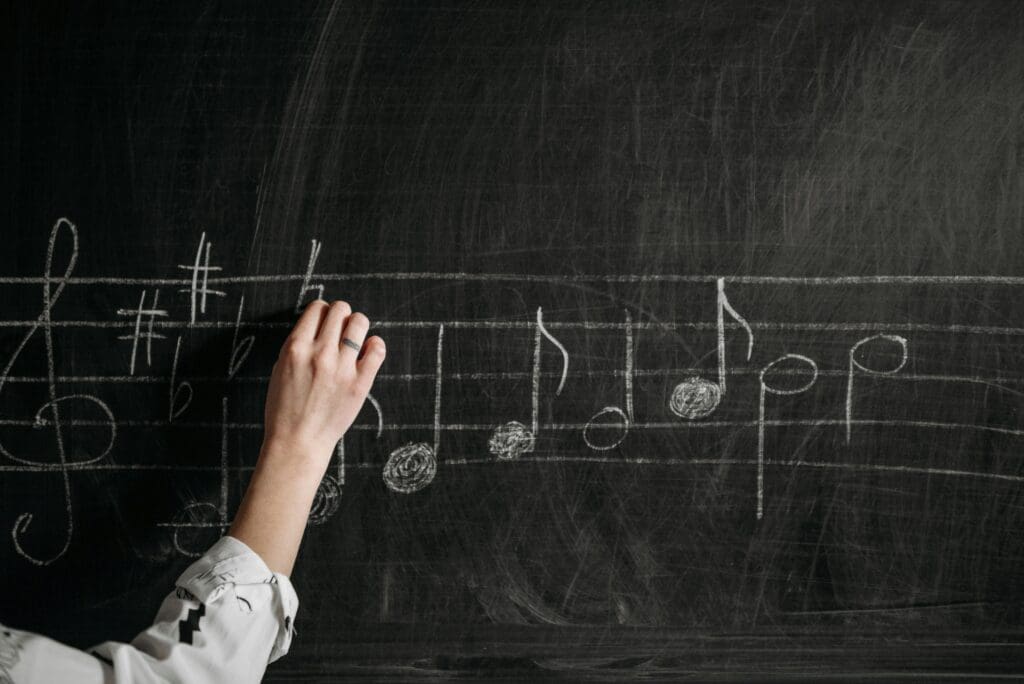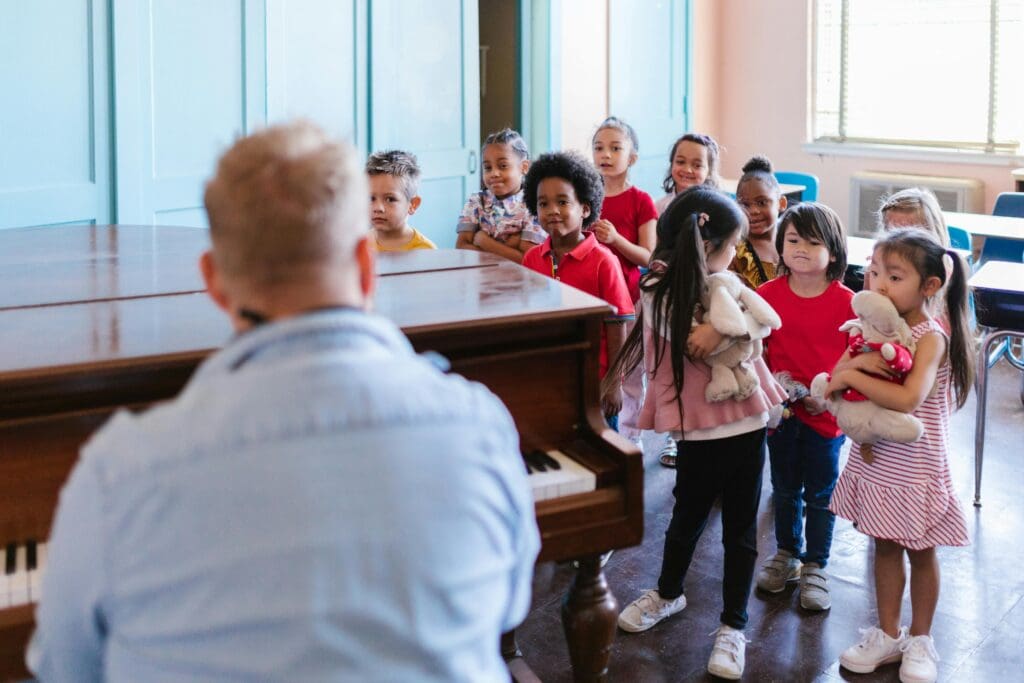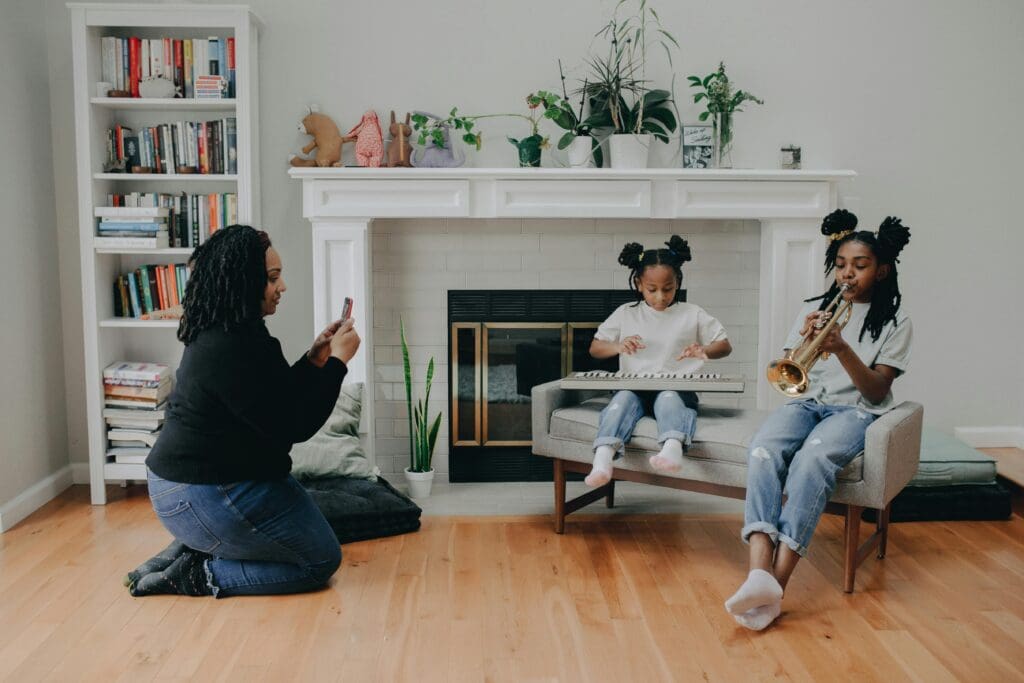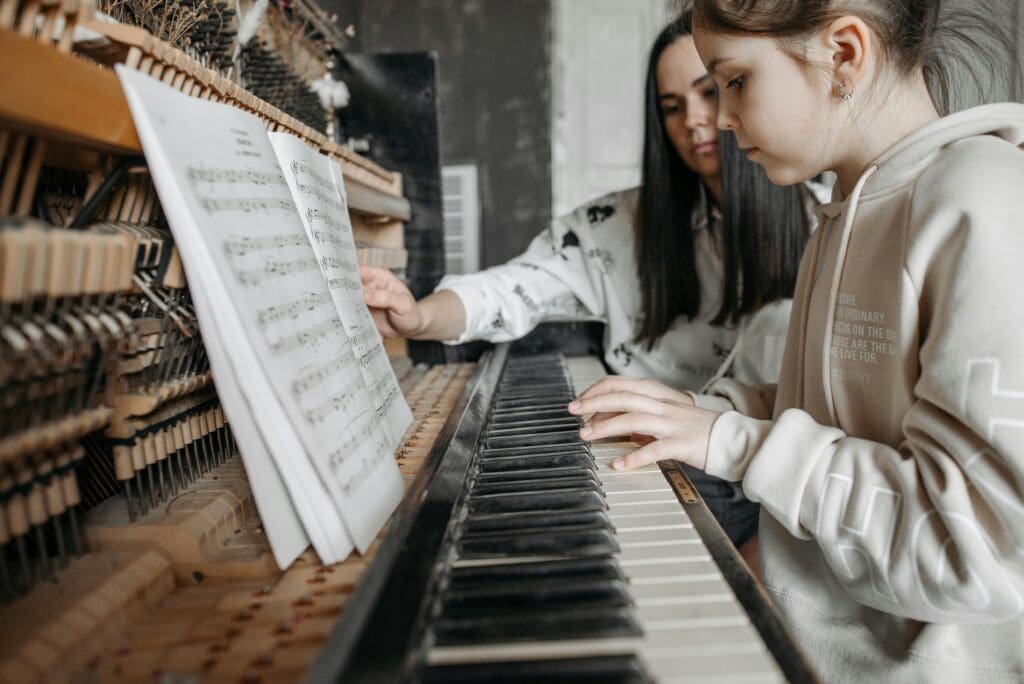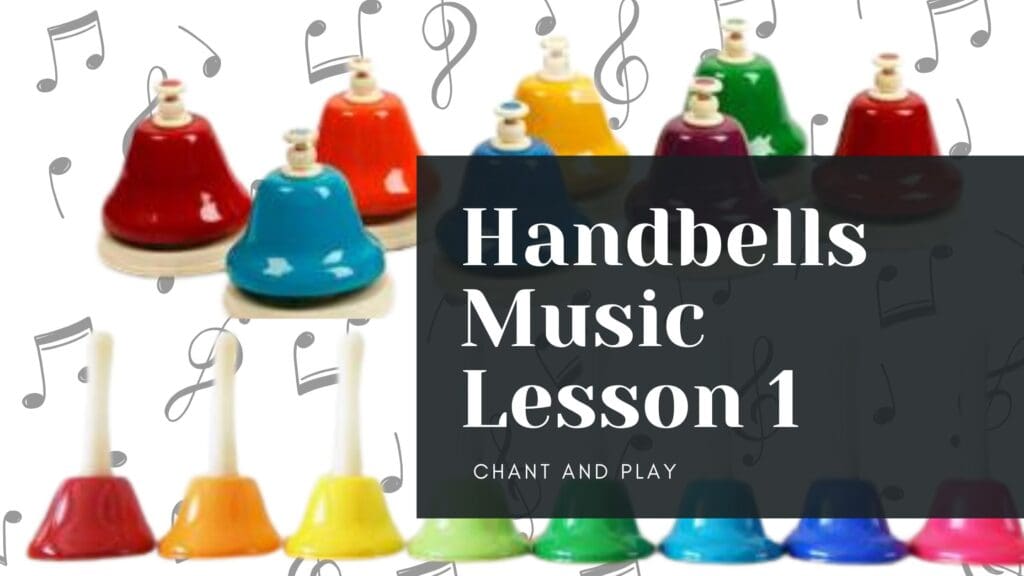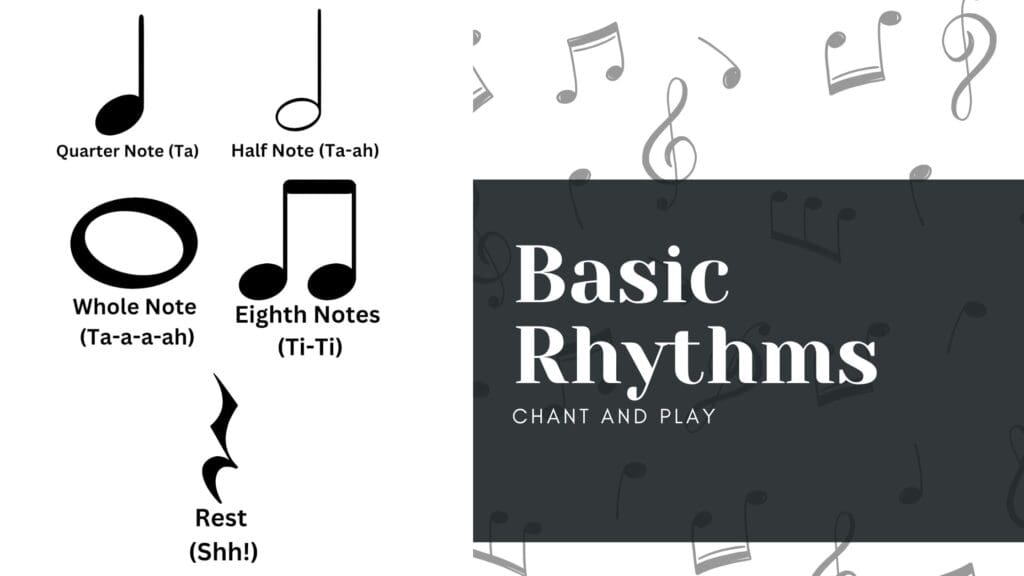Welcome to Handbells Music Lesson 2 for weeks 5 – 8. If you haven’t yet completed lesson 1 be sure to complete that lesson and the rhythm flash cards lesson before moving on to this lesson. See the Handbells Syllabus for an overview of all the lessons.
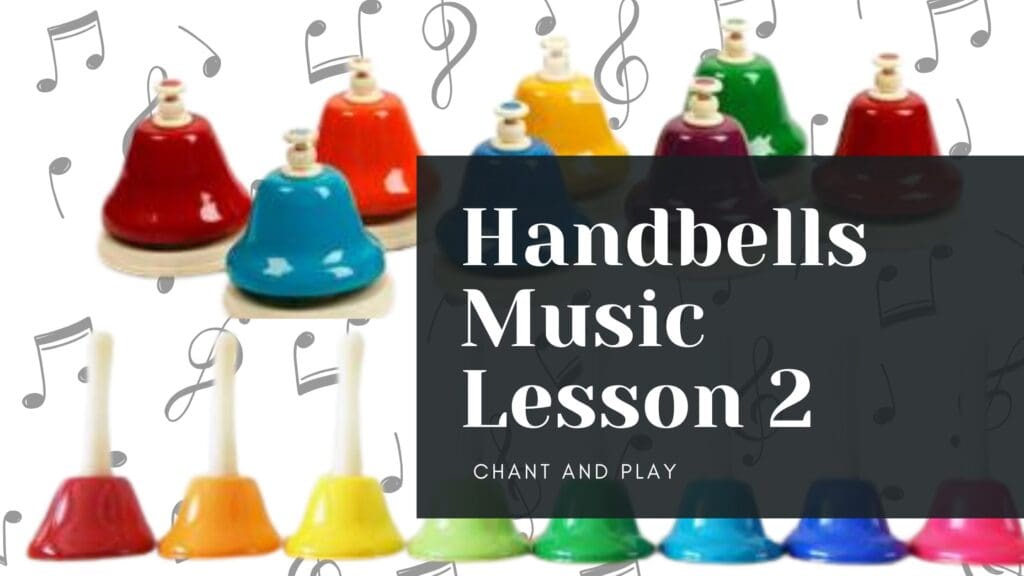
🎶 Weeks 5-8: Playing Full Songs & Rhythm Practice
✅ Playing full songs:
“Twinkle, Twinkle, Little Star”
“Mary Had a Little Lamb”
✅ Introducing rhythm:
Clapping beats before playing
Using simple 1-2 counting
✅ Fun activities:
“Freeze Play” (play when teacher says “Go,” stop when “Freeze!”)
“Bell Swap” (kids trade bells to play different notes)
